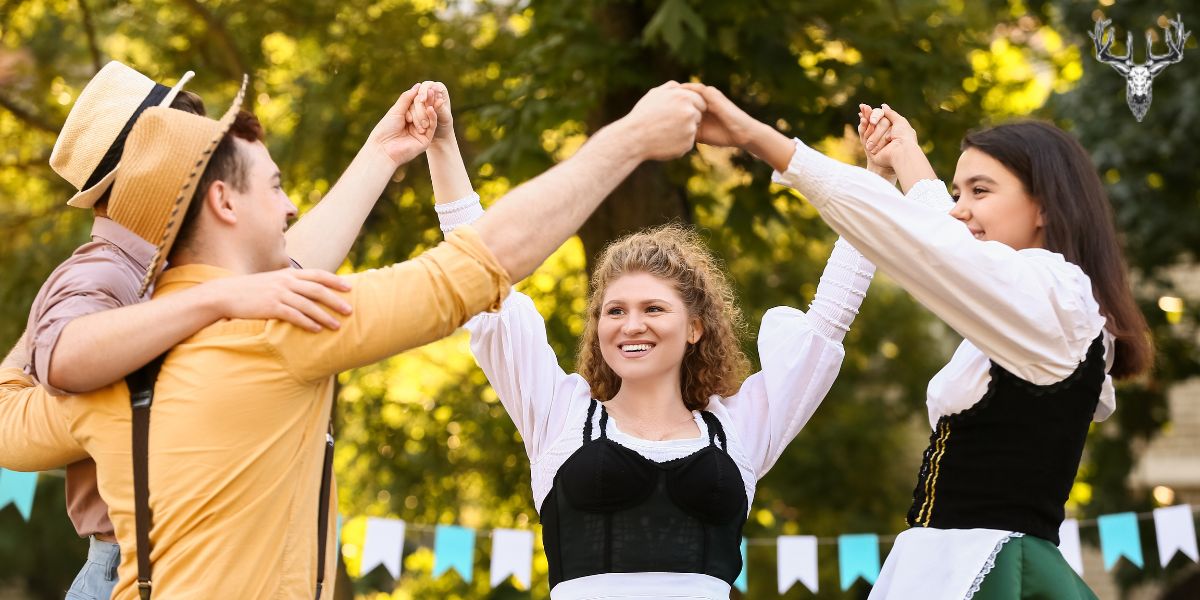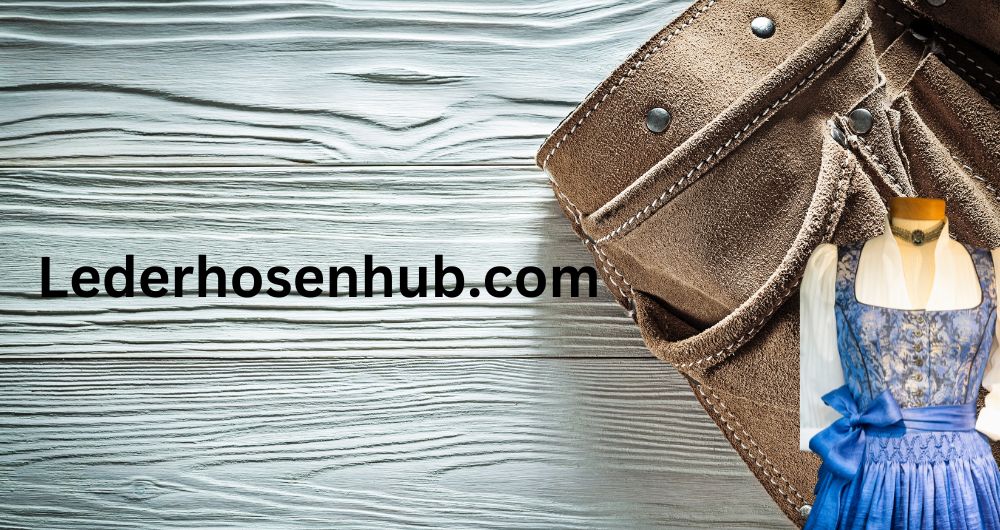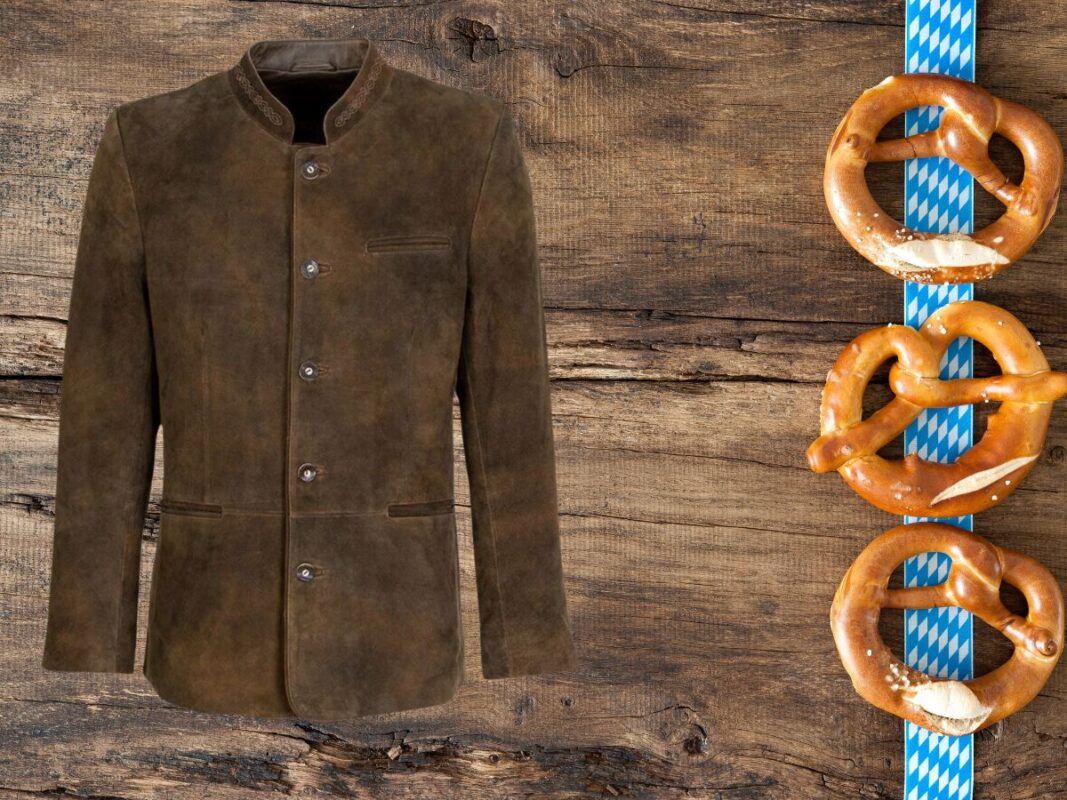Explore the rich heritage of German traditional wear, including Dirndl and Lederhosen. Learn about their history, cultural significance, and where to find authentic Trachten for Oktoberfest or weddings.
Introduction to German Traditional Wear
German traditional wear, known as Trachten, embodies centuries of heritage and regional pride. From the vibrant Dirndl dresses to rugged Lederhosen, these outfits are iconic symbols of German culture, especially popular during festivals like Oktoberfest. In this guide, we’ll delve into the history, key pieces, and modern twists of Germany’s most beloved attire.
The History of German Traditional Clothing
Rooted in rural 18th-century life, Trachten were originally practical garments for farmers and peasants. The 19th-century Romantic movement revived interest in folk traditions, transforming these outfits into symbols of national identity. Today, they’re celebrated globally, blending history with festive charm.
Dirndl: Women’s Timeless Elegance
The Dirndl—a dress consisting of a bodice, blouse, full skirt, and apron—originated in Alpine regions. Key elements include:
- Silhouette: Fitted bodice with a flared skirt.
- Fabrics: Linen, cotton, or wool for everyday use; silk for special occasions.
- Apron Bow: Position indicates marital status (left= single, right= married, center= virgin, back= widowed).
Lederhosen: Men’s Rugged Style
Lederhosen (leather breeches) were designed for durability. Features include:
- Material: Thick, embossed leather.
- Design: Knee-length with suspenders and intricate embroidery.
- Occasions: Originally workwear, now festive staples paired with checkered shirts and Haferl shoes.
Accessories & Regional Variations
- Accessories: Elevate Trachten with hats (Tyrolean hats for men, delicate bonnets for women), knee-high socks, and rustic jewelry.
- Regional Diversity: Bavaria’s bold styles contrast with Black Forest’s darker tones. Explore Swabian aprons or Franconian embroidery for unique flair.
When to Wear German Traditional Clothing
- Oktoberfest: The world’s largest celebration of Bavarian culture.
- Weddings & Festivals: A nod to tradition in ceremonies or folk events.
- Cultural Tours: Perfect for themed parties or exploring German villages.
Modern Adaptations & Where to Buy
Contemporary designers blend Trachten with modern trends—think shorter Dirndl skirts or pastel Lederhosen. For authenticity:
- Local Markets: Visit Munich’s Stachus Passagen or Frankfurt’s flea markets.
- Online Retailers: Check lightsteelblue-otter-558830.hostingersite.com for handcrafted pieces.
- Tips: Prioritize natural fabrics and precise sizing for comfort.
The Enduring Appeal of German Traditional Wear in Modern Times
German traditional wear has transcended its rural origins to become a global fashion statement, beloved for its blend of nostalgia and versatility. While deeply rooted in history, Trachten continues to evolve, appealing to younger generations and international audiences alike. Designers are reimagining classic pieces with sustainable fabrics, minimalist cuts, and bold patterns, making Dirndl dresses and Lederhosen suitable for everything from music festivals to urban streetwear.
Social media has also played a role in this resurgence, with influencers showcasing creative ways to style Trachten—think pairing a Dirndl with ankle boots or layering a Lederhosen jacket over jeans. Beyond aesthetics, wearing these outfits fosters a sense of belonging, whether among Bavarian communities preserving ancestral customs or global enthusiasts celebrating Oktoberfest abroad. Artisans remain at the heart of this tradition, crafting embroidered details and hand-tooled leather using techniques passed down for generations.
For travelers, donning Trachten isn’t just about fashion—it’s a gesture of respect, offering a tangible connection to Germany’s villages, folklore, and warm hospitality. Even outside festivals, elements like Alpine-inspired jewelry or rustic woolen capes add a touch of heritage to everyday wardrobes. As sustainability gains momentum, many opt for vintage or ethically made Trachten, merging eco-consciousness with cultural appreciation. Whether you’re drawn to the craftsmanship, the storytelling, or the joyous spirit these garments embody, German traditional wear proves that some traditions only grow richer with time.
Conclusion: Embrace German Heritage
German traditional wear is more than clothing—it’s a celebration of history and community. Whether dancing at Oktoberfest or honoring roots at a wedding, Dirndl and Lederhosen offer timeless style. Ready to join the tradition? Explore authentic Trachten and wear a piece of Germany’s heart.













